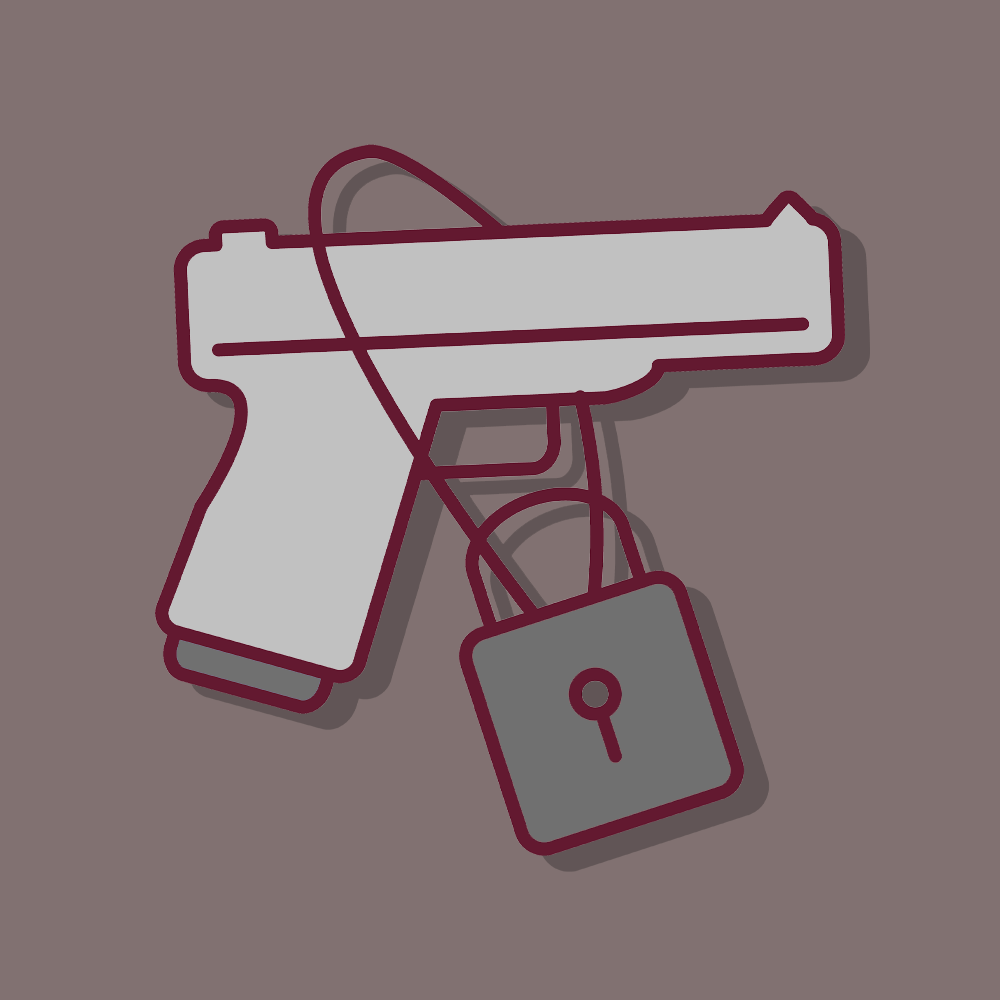APRIL 16, 2024 5:02 AM ET
HEARD ON MORNING EDITION
By Destinee Adams, Michel Martin, Ana Perez, H.J. Mai

It was an early summer morning in 2018, and Alex Patrick Umble’s family hadn’t heard from him. His mother, Maura Condon Umble, thought his absence was strange, but she didn’t panic.
“I had this important meeting that I needed to go to, I thought, and so I went to work,” Maura said.
While Maura was at work, her boss was on the phone with the Director of Public Safety at a nearby college, who reported that a young man had shot himself on the school’s athletic field.
“My boss came running down the hall, but my boss didn’t tell me,” Maura said. “He just said, ‘Maura, you need to go home right now. You need to go home. Rob needs you at home.’ And my boss kissed me on my forehead, which was very bizarre.”
Once she made it home, Maura learned that the reports were about her son. Twenty-four year old Alex had shot and killed himself days after purchasing a gun.
When gun violence in America is discussed, people typically think about mass shootings, homicides or even domestic violence. But, in fact, the majority of gun-related deaths in the United States are suicides.
In 2023, more than 42,967 people died from gun related injuries. Over half of those deaths were suicides.
Alex is one of the tens of thousands of Americans who lose their lives to suicide every year.
Adam Garber, executive director of CeaseFirePA, a research group that advocates for stricter gun laws, says big cities have typically had the highest gun death rates. But that trend has started to shift. Last year, York, a small city in Pennsylvania, had a higher per capita gun death rate than Philadelphia, Garber said.
“It is really everywhere right now,” Garber said.
Every year, more than 900 people in Pennsylvania die by gun suicides and 48 are wounded by gun suicide attempts. Suicides make up the majority of gun deaths in Pennsylvania.
“Most people who make a suicide attempt are anyone of us,” Garber said. “They’re in a moment of crisis, they got laid off from a job, they go through a divorce or a bad breakup.”
Paul Nestadt, a psychiatrist and professor at Johns Hopkins University, is one of the country’s leading researchers in suicide and what leads to it. He says most people don’t know how prevalent suicide is because we shy away from the topic in our personal relationships and in the media.
“When there’s a mass shooting or homicides, there’s a lot more coverage, and of course, those are very tragic, but suicides kind of kind of slip under the radar a little bit,” Nestadt said. “There’s not as much willingness to talk about them. I think that’s changing. It becomes hard to ignore as the rates climb.”
Easy access to guns in America has also worsened the issue, Nestadt said.
Pills are more often used in suicide attempts—though most attempts involving pills are not fatal. Yet, the smaller fraction of people who use guns to try to take their lives almost never survive.
“Most suicide attempts in the U.S. are by overdose or poisoning things like sleeping pills or Tylenol or opiates,” Nestadt said. “And yet those are usually non-fatal. Only about 2% of people that make an attempt by overdose die. But firearms, which are only used in about five or 6% of attempts, are so lethal that if you happen to have access to a firearm, when that impulse comes and you use that firearm, the chance of death is 90%.”
Nestadt says the time between the impulse and act to take one’s own life is short.
“There’s a study that finds 87% of people make that decision and act on it in the same day, about a quarter of people within 5 minutes.” Nestadt said. “And so what happens in those impulsive moments is people use what they have available to them. It comes on very quickly. If there’s nothing available, the impulse can pass.”
There is another fallacy Nestadt wants to dispel.
“There’s this myth that if someone is suicidal and is thwarted in some way or is able to survive the attempt, that they’ll just keep trying, that they’ll just find some other way. But that’s not what the data shows,” Nestadt said. “In fact, the majority of people, about 94% of people who survive a serious suicide attempt continue to survive.”
As with other forms of gun violence, raising awareness around suicide means having conversations about the very sensitive and often uncomfortable topic.
And Maura is committed to talking openly about how her son’s suicide has affected herself and her family.
Maura and her family decided to disclose Alex’s struggles with depression in his obituary. She is disappointed that suicide is a taboo topic. However, she wants to hold her local government officials accountable for having these conversations, too. So, when Pennsylvania’s Democratic Lt. Gov. Austin Davis announced plans to fund a state gun violence prevention office, she realized the proposal was missing a component.
“He did not mention gun suicide as part of the issue. I was really disappointed,” Maura said.
She thinks about what she could have done and what the state could’ve done to prevent Alex’s death. And she struggles to come up with an answer.
“I have to really give myself a pep talk that, slowly but surely, we can make some progress,” Maura said. “Maybe it will help others, even if it wouldn’t have helped Alex.”
If you or someone you know may be considering suicide or is in crisis, call or text 9-8-8 to reach the Suicide & Crisis Lifeline.
To read the original article on NPR.org, click here.



